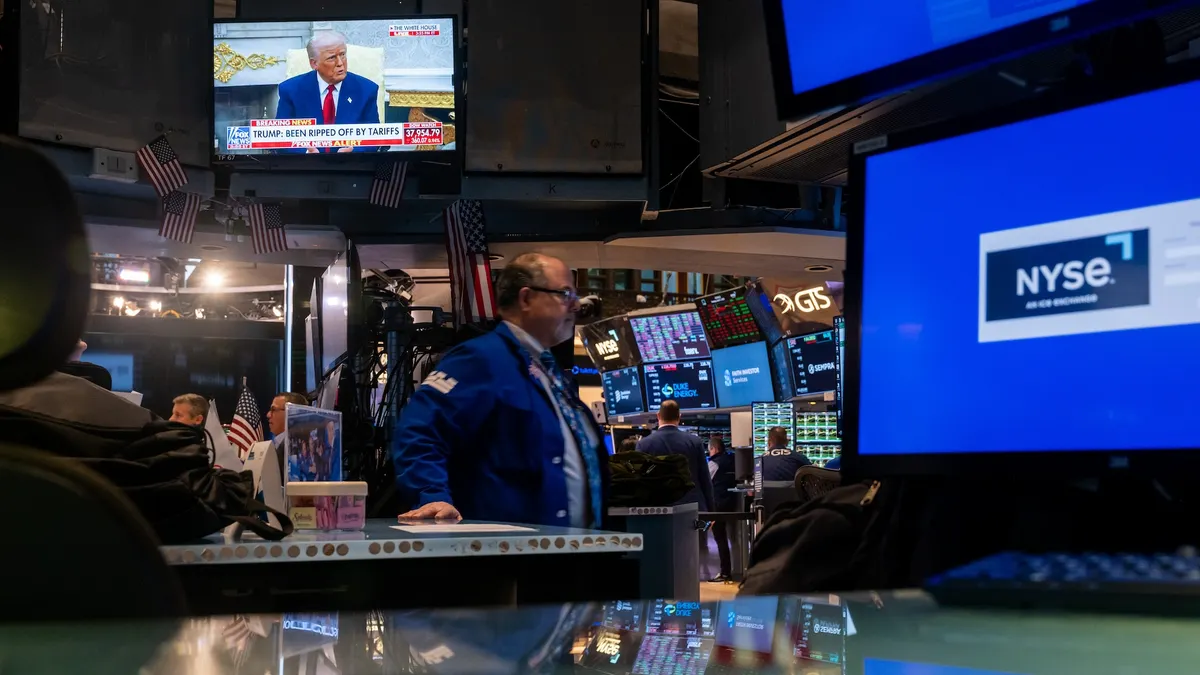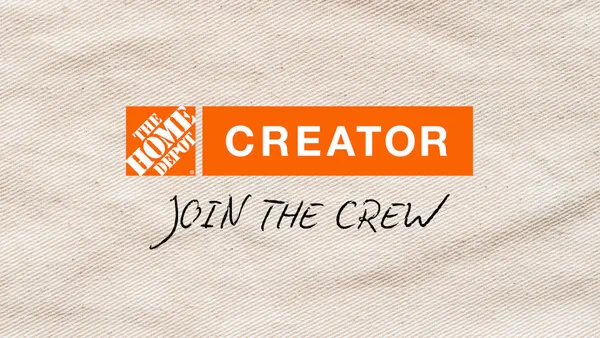The following is a guest post from Bill Alena, chief revenue officer at Kiip.
Transparency and fraud prevention have dominated the mobile marketing conversation in 2018, and for good reason. Efforts to at last bring our industry into the light when it comes to how we're making use of brand advertising dollars have ramped up significantly in the past 12 months alone. However, there's still a long road ahead. Many of the developments that have been hailed as landmark victories in mobile transparency might prove to be mere Band-Aids on mobile's wounds, rather than holistic cures.
The opacity within the mobile advertising supply chain was once so complete that any progress has represented a boon to the industry. One of the first steps forward in transparency came via third-party verification providers like MOAT and IAS, which were able to ease brand marketer concerns by monitoring viewability and fraud across mobile inventory, including in-app. The problem, however, is that the numbers reported by each verification provider can vary quite dramatically, making this information as useful as a compass but hardly with the precision that marketers desire. Further, the proliferation of vendors puts a heavy burden on app publishers to support monitoring by multiple third-party verification providers.
The rollout of IAB's Open Measurement Software Development Kit (OM SDK) helps address these two considerable pain points by facilitating third-party viewability and verification measurement in mobile apps without requiring multiple measurement providers' SDKs. To be a success, this initiative requires adoption by measurement providers, app publishers and integration partners, but early indications are that OM SDK is gaining momentum as brands clamor for more dependable in-app metrics.
We've only just begun
While OM SDK is a step forward for our industry, it's not a silver bullet. Ultimately, with OM SDK, marketers remain reliant on third parties to identify and track fraudulent, unviewable ads. These third parties are incentivized for their monitoring activities, but they're not encouraged to solve viewability and fraud problems at their source. Ultimately, their business models are contingent on a supply chain fraught with problems.
The real long-term solution that our industry should be collectively working toward is a cleaner supply chain through transparency. To achieve this end, transparency into the supply chain shouldn't be limited to certain entities and certain narrow activities. True transparency within the mobile supply chain could help all interested parties verify the placement and viewability of each ad impression, along with how the price of that ad was divided among parties that helped to serve it. It's only through this deeper transparency that we can hope to truly start weeding out the industry's fraudulent and lowest-value players.
IAB and others within the industry have helped mobile advertising take tremendous strides forward in trust and transparency, but initiatives to date have been slow-moving and often siloed. It's time that we start anchoring our industry's efforts in underlying technology that can begin to unite disparate efforts — not just in mobile, but across channels — around transparency, viewability, fraud detection and elimination, supply chain efficiency and other pain-point remedies. Today, blockchain represents the most likely candidate for this transparency backbone due to its versatile, decentralized and immutable nature.
While blockchain technology holds great promise, it faces major challenges. Like other potential solutions in the market, success with blockchain requires agreement and adoption by many parties, which must begin with understanding of the technology. Currently, many executives find blockchain to be a daunting topic and simply avoid the topic altogether. This is where IAB and other independent organizations can help to educate and unite the industry.
We must continue to look to the leadership of these industry organizations to improve the transparency and credibility of the digital advertising ecosystem. In doing so, it's time to begin to unite the many disparate improvements being made in a way that builds upon each individual success and unites our industry around the common goal of creating a clean, transparent marketplace for advertisers. The time for individual Band-Aids is ending.



















